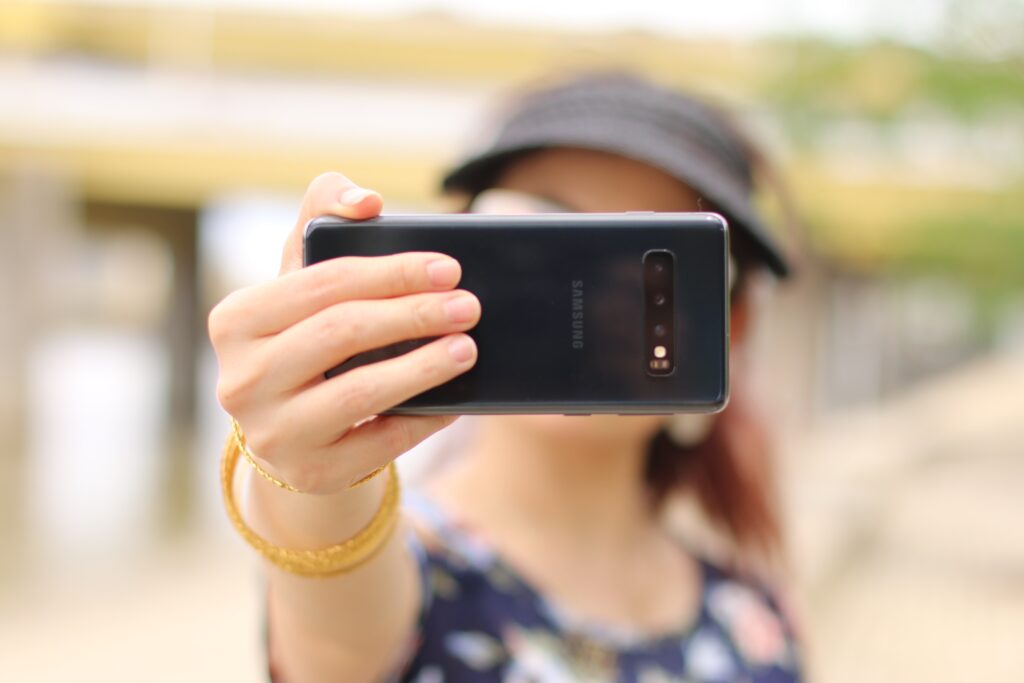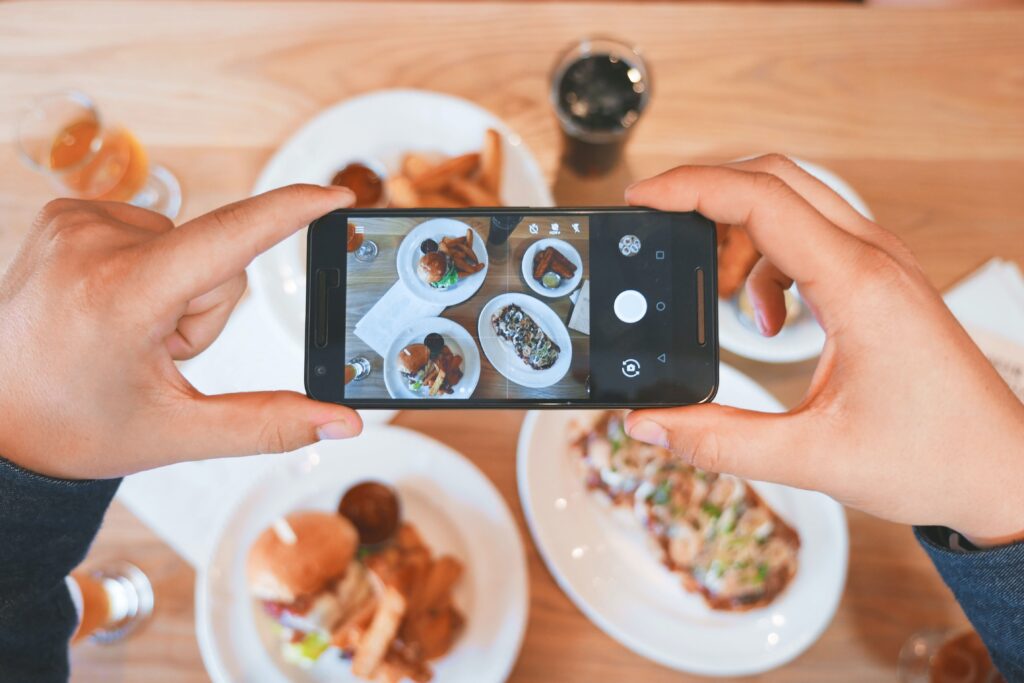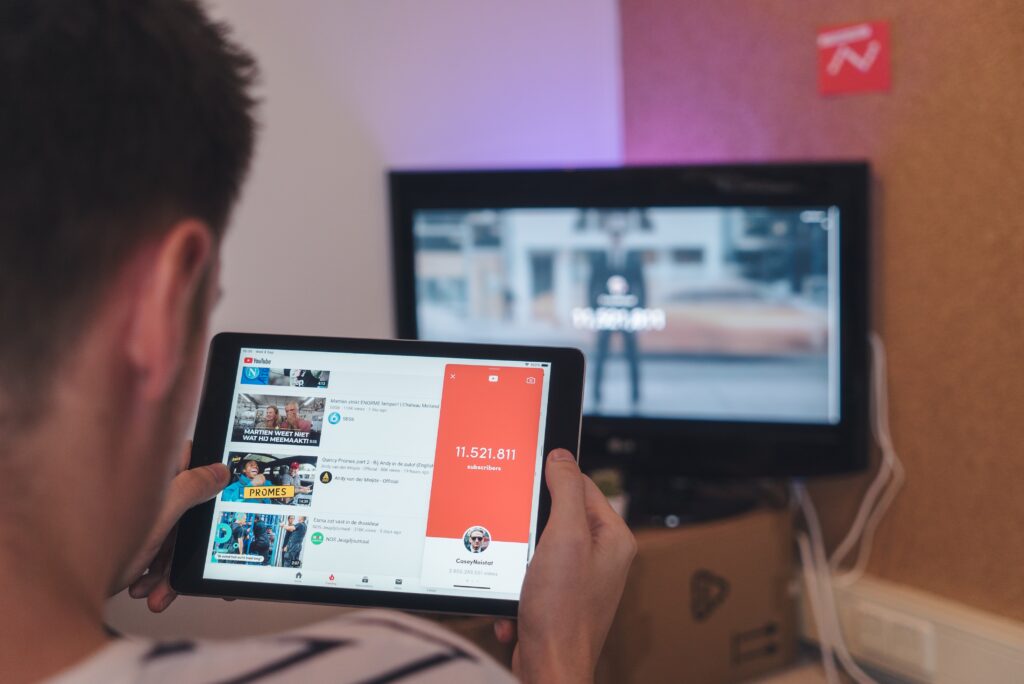Table of Contents
Influencer partnerships have revolutionized marketing campaigns. But with trends evolving rapidly and consumer behavior constantly shifting, companies must proactively establish solid relationships with influencers. You must compensate influencers to refresh your strategy with influencer-generated content.
Developing a compelling compensation offer that captivates influencers is integral to forging successful partnerships. You’ll need a good strategy and a creative approach to deliver collaborations that benefit the influencers and yield a strong return on investment (ROI).
To achieve this, thoughtful consideration of various compensation options and strategies is essential. It would be best to analyze your target audience’s unique characteristics. What are the goals of their influencer marketing campaign and the values and preferences of their chosen influencers? Understanding these elements allows you to properly compensate influencers and help engage and motivate influencers.
But before we get into the various types of compensation, let’s examine the different levels of influencers you could be working with.

NeoReach just released their newest 2023 Creator Earnings report. Learn all about the state of the creator economy here!
What are the Different Types of Influencers?
Whether you’re looking to work with a beauty influencer to promote your line of hair care products or to forge relationships with tech influencers for your SaaS platform development application, when considering influencer compensation, it’s essential to understand the different levels of influencers.
- Mega. Big-time influencers with over 1 million followers. They may be well-known individuals beyond social media, such as movie stars or sports icons. Or, they may have built a considerable fan base. Due to their broad reach and influence, they often charge per post.
- Macro. They are famous social media figures who have amassed a substantial following, between 500k – 1 million. Compensation structures vary, with some accepting pay-per-post and others open to alternative payment models.
- Mid-level. These influencers have a follower count of 50k to 500k and are recognized within their niche communities. Compensation arrangements can encompass a mix of payment models, including pay-per-post and fixed rates.
- Micro-influencers. These everyday individuals have a modest yet engaged following of 10k – 50k. They may prefer customized compensation approaches based on performance or long-term collaborations.
- Nano influencers. With a smaller but highly dedicated following ranging from 1k to 10k, they are known for having a personal connection with their audience. Brands often collaborate with nano influencers through gifting, allowing them to tap into the trust these influencers have cultivated with their followers.
Consider which type of influencer is most suitable for your brand and what sort of compensation first. Then you can start scouring different platforms for your ideal candidates. Remember, you should adopt a diversity recruitment strategy, as you would with regular employees. This will help you to appeal to a more diverse audience.

Check out the benefits between micro and macro influencers in this NeoReach blog!
Ways to Compensate Influencers
Developing a compensation strategy is an essential part of growing your influencer community. Below are the main ways influencers expect to be reimbursed for their services.
1. Pay Per Post
This widely adopted method directly rewards influencers for crafting and sharing individual social media posts showcasing the brand’s products or services. The compensation amount varies widely depending on the influencer’s reach, engagement rates, and the specific platform used for the promotion.
The biggest influencers can charge up to £1 million for a single post – but don’t worry, most will accept a more reasonable amount. Remember that some influencers may prefer a long-term contract over a single post, but this remains a transparent means of compensating them for their valuable contributions to your campaign.
2. Performance-based Pay
One effective compensation model also gaining popularity is performance-based pay. This approach rewards influencers based on their ability to achieve specific business objectives. By linking compensation directly to measurable outcomes like sales, conversions, or lead generation, brands ensure a clear ROI.
Pay per performance empowers influencers to focus on delivering tangible results, making it an appealing option for marketers seeking real impact. Commission rates vary typically between 5-30%. The only thing to be wary of is that this method is more difficult to budget for, so be cautious when making your offer.

3. Fixed-rate with Performance Incentives
Another approach is offering influencers a fixed base rate along with performance incentives. This compensation structure provides influencers a guaranteed payment while motivating them to surpass expectations. Performance incentives can be tied to key metrics such as engagement rates, click-throughs, or follower growth.
By combining a fixed rate with performance bonuses, brands create a win-win situation, encouraging influencers to go above and beyond and fostering long-term partnerships based on shared success.
4. Product Gifting
Compensate influencers through product exchange or gifting when developing your money-making Instagram strategies or TikTok campaign. Rather than monetary payment, brands provide influencers with complimentary products or services in exchange for authentic promotion and reviews – and this can yield excellent results.
The gifting approach works particularly well when influencers genuinely resonate with your brand’s target audience and value the products they receive. Product gifting allows brands to generate organic content, expand their reach to new audiences, and cultivate positive brand sentiment through the trusted voices of influencers.
5. Content Licensing
Content licensing is another great compensation option for both brands and influencers. Through content licensing agreements, you can obtain the rights to repurpose and use influencer-generated content beyond the initial collaboration across specified platforms and mediums.
This approach allows you to leverage high-quality content across various marketing channels, extending their reach and longevity. Content licensing agreements can be negotiated separately from the influencer’s primary compensation, providing additional value for both parties.
For instance, content licensing can be particularly beneficial if you’re collaborating with a TikTok marketing agency. By licensing influencer-generated content, you can ensure that the engaging and creative TikTok videos they produce for your campaign can be repurposed across other platforms, maximizing your brand’s exposure and impact.
6. Hybrid Models
When flexibility is in order, you can explore hybrid compensation models that combine elements from different strategies. The advantage of hybrid models lies in their adaptability to the unique circumstances of each influencer partnership. Brands can customize compensation structures based on campaign objectives, profiles, and available resources.
For instance, a hybrid model might involve a fixed base payment, a performance-based bonus, product exchange, and content licensing. This approach ensures influencers are motivated to excel, fostering stronger collaboration and delivering optimal results.
Measuring the Price of Influencer Posts
Determining appropriate pricing for influencer posts involves considering follower count, audience engagement, content quality, and brand relationship. You should also be aware of the geographical market you are appealing to.
For example, if your company is based in New Zealand, influencers with websites with a “.co.nz domain” have an established local presence and legitimacy – precisely what you’re looking for. While specific pricing can vary widely, having some benchmarks in mind is helpful.
Beauty, healthcare or parenting Instagram influencers charge around $1,000 per 100,000 followers, while YouTube influencers command approximately $2,000 per 100,000 followers. These figures serve as general guidelines, but the influencer’s unique value proposition, reach, and impact on the brand’s target audience should also be considered.
Measuring Impact
Measuring the ROI of your collaborations is one of the key Influencer marketing best practices. Brands must evaluate the success of their campaigns. While engagement is a standard metric, it’s essential to establish clear goals and track specific outcomes tied to business objectives.
Carefully analyze sales, conversions, or brand awareness. Leveraging tracking tools and data analytics, reports can provide valuable insights into the customer journey and help assess the effectiveness of influencer partnerships.
Providing influencers with unique promo codes or links to include in their posts will help you to do this. By tracking and attributing results, marketers can determine the media value earned for every dollar spent and compare the ROI of influencer marketing to other channels.

Best Practices for Paying Influencers
Influencer management can be like spinning plates, but there are ways to minimize stress. Say you’re using a system that involves several platforms. You can more easily manage multiple apps with platform.sh.
What’s more, you can ensure successful partnerships by following these best practices when compensating influencers:
- Timely and fair payments. Pay influencers promptly and fairly for their services. Respecting their work and valuing their contributions fosters a positive relationship and encourages future collaborations.
- Transparency and communication. Maintain open and transparent communication with influencers regarding compensation, campaign expectations, and deliverables. This helps build trust and ensures both parties are aligned throughout the collaboration.
- Performance tracking and feedback. Establish performance metrics and tracking mechanisms to assess the impact of influencer campaigns. Provide feedback to influencers, acknowledging their achievements and offering insights for improvement.
- Long-term partnerships. Nurture enduring relationships with influencers by demonstrating a commitment to their success. Engage in ongoing communication, offer exclusive opportunities, and recognize their value as brand ambassadors.
Conclusion
Hopefully, this article will have helped you understand how to compensate influencers and avoid some influencer marketing mistakes. You can forge mutually beneficial relationships with influencers by embracing pay-per-post, product gifting, hybrid models, and content licensing.
Compensating influencers for campaign objectives and available resources enables brands to drive impactful campaigns, foster sustainable partnerships, and achieve a favorable ROI. Remember, the key lies in recognizing influencers’ value and implementing fair and engaging compensation practices that reward excellence.























